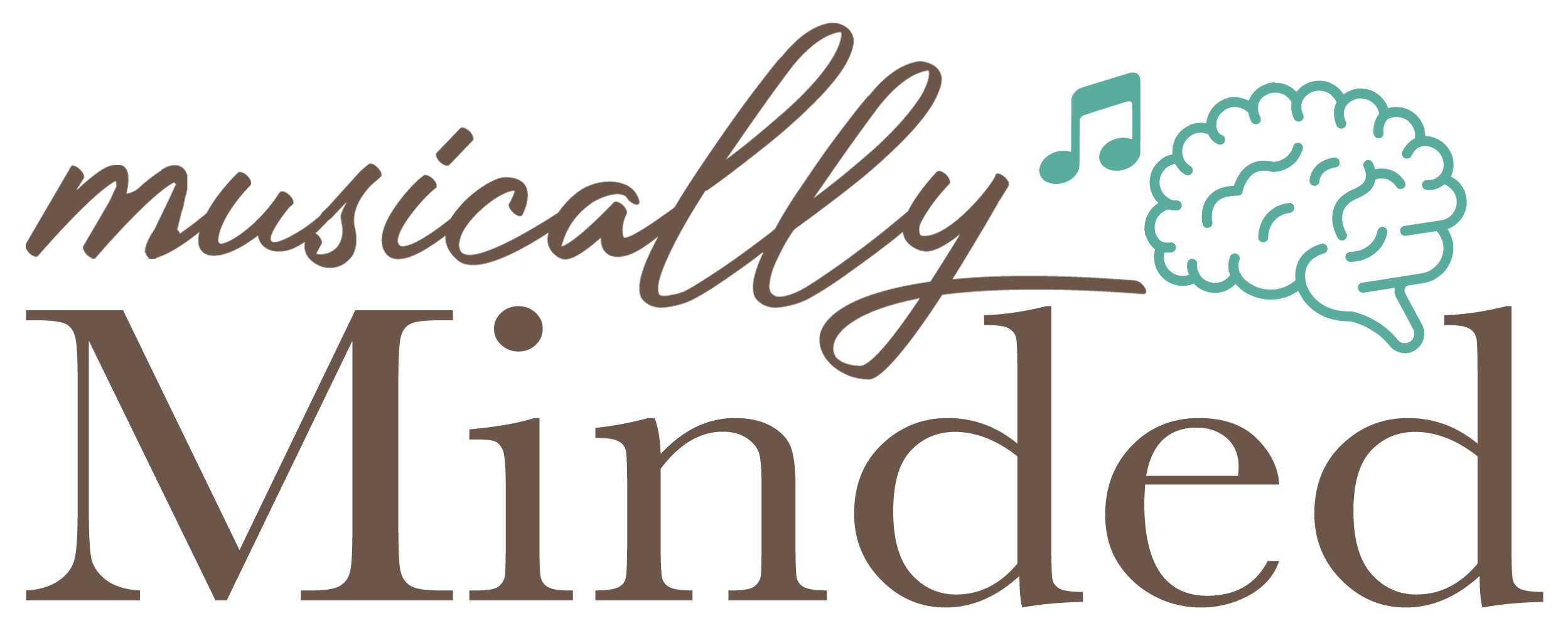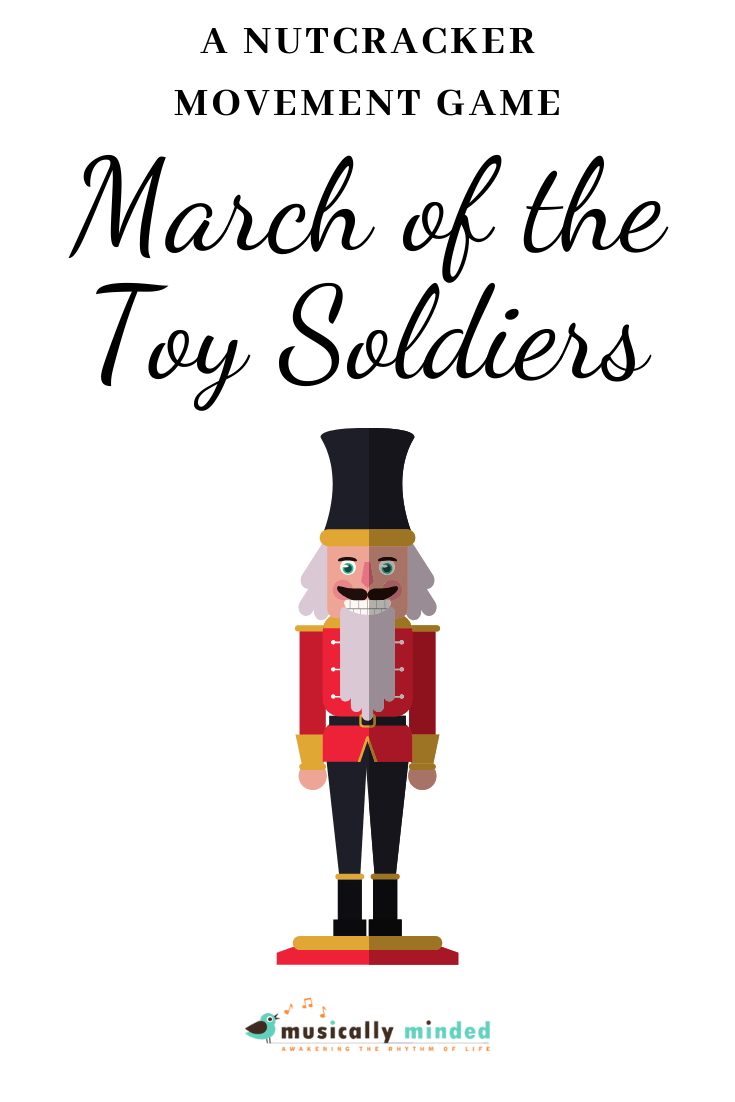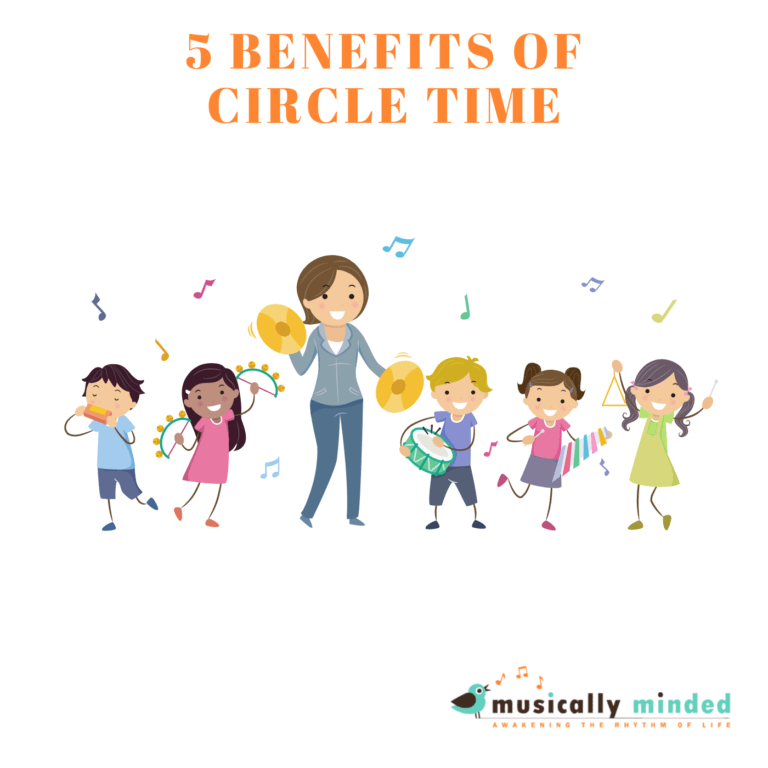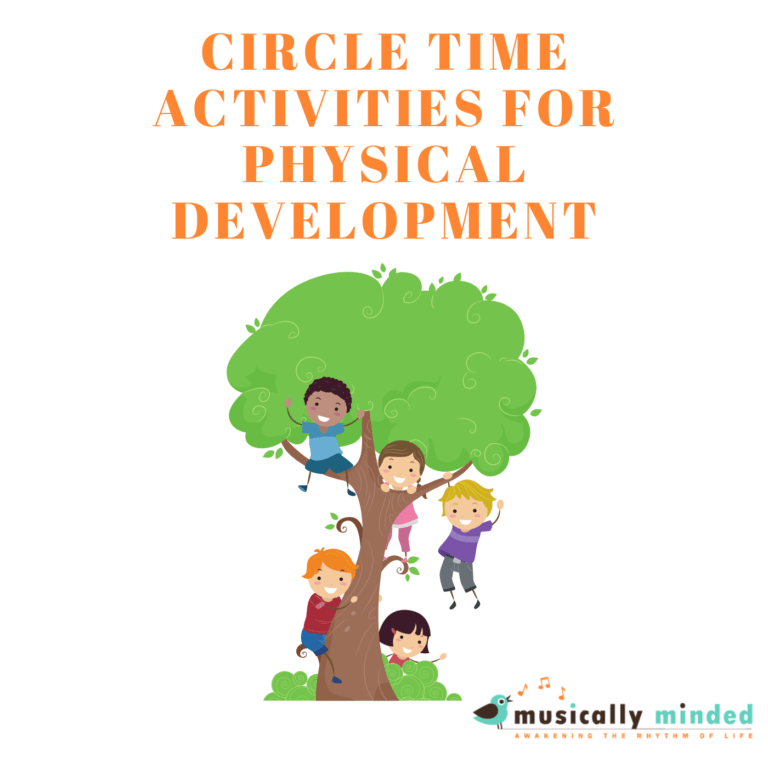4 Secrets for Setting Up Your Circle Time Space
When it comes to circle time, many teachers spend a considerable amount of time finding activities to keep the children engaged. But they fail to think about how the space where their circle time is happening may be just as important. Over the years I have found that simple changes to the space can make a ton of difference at circle time. The great thing is, they are pretty easy changes you can implement right away!
1. Just the Right Size
When choosing a place to designate as the circle time area, it is important to not only think about the number of students in your class that will need their own personal space, but to also consider all of the activities the children will be participating in while there. From story times to movement activities, this space needs to be large enough to accommodate it all.
While book cases and walls do a great job of defining a space, if they close the space in too much it actually creates a problem on a few levels.
With sitting activities like “Whoa, Jack!” where kids roll back, they need room to do so without hitting a shelf or a wall. In “Balance Boogie” when kids are up and moving, they need room to move about freely and not bump into the other children.
The other issue walls and bookcases don’t allow for is core strengthening. When children (and adults too) have a place to rest their back when they are on the floor, they’ll take it! Problem is it means they miss out on the chance to activate the muscles needed to support one’s body in a seated, unsupported position. As the experts over at Inspired TreeHouse tell us, core strengthening is SO important for kids on a ton of levels.
For these two reasons alone, an open concept circle time space with little or no vertical barriers is ideal.
2. Make a Circle
You are probably thinking, duh, I know it should be a circle, it’s circle time! The reason I am taking the time to explain this piece is because I have seen many classes sit their children in rows rather than a circle. While seeing a book being read may be easier while in rows, it doesn’t change the fact that when kids are sitting in rows, the further away the child is from the teacher, the more likely they are to misbehave. I also feel it is not as welcoming.
A circle is an ancient symbol for unity and wholeness and has no beginning or end. Since community building is a key outcome for circle time, honoring this shape (or some variation of it such as an oval or rectangle) will allow each child to feel like an equal member of the group.
If possible, find a carpet to place in the circle time area that is big enough for all children to sit around the edge of while still allowing for ample elbow room (refer to picture below). Carpets that have letters, shapes etc. around the outside edge work best as they give a visual representation for where each child’s personal space is located. If a carpet is not an option, use carpet squares laid out in a circle or masking tape a circle or oval onto the floor.
Amazon has tons of great carpets that fit my requirements. Click here to start shopping.
3. Circle Time Materials
Until materials are needed, they should be kept out of children’s reach. If possible, even out of sight. Doing so eliminates distraction during the other activities and keeps the children wondering what you will put out next. Finding boxes with lids will not only help keep materials organized, they will also help keep curious fingers from getting into the materials before it is time. Be sure the materials are still easily accessible for you so when they are needed in the lesson, you can quickly retrieved them without leaving the circle time area.
4. Reduce or Eliminate Distractions
When children lose interest in what is happening at circle time, they will naturally search for something else to keep them busy. Often times that means something they can put in their hands. To avoid this, make sure the area is free from items that may capture their attention such as books or blocks. Turn bookshelves around so they face away from the circle area or cut a piece of fabric to fit the bookcase or shelf to hide the contents. Think, “out of sight, out of mind”.
Classroom Example
Now that we’ve reviewed the 4 tips, let’s take a look at a classrooms to get a visual understanding of what is and is not working based on my recommendations.

What I like: I love that there are little or no objects within an arm’s reach. That means children can stay focused on what the teacher is presenting and not get into what’s behind them. The carpet is also ideal as the letters around the outside edges clearly designate a space for each child. There are no bookshelves or walls near by which means the children will have no problem rolling backwards and hitting anything. They will also have ample room for movement activities and can even go out into the classroom area and easily return to the circle at the end of the movement without creating a traffic jam.
What I’d change: I do prefer to sit on the floor with the children and be at their level, but if physical limitations do not allow for this, a chair is absolutely acceptable.
Hopefully these 4 secrets will provide some ideas for how you can improve your circle times. Some or all may not be possible in your current situation, but keep them in mind when setting up your classroom in the future.







